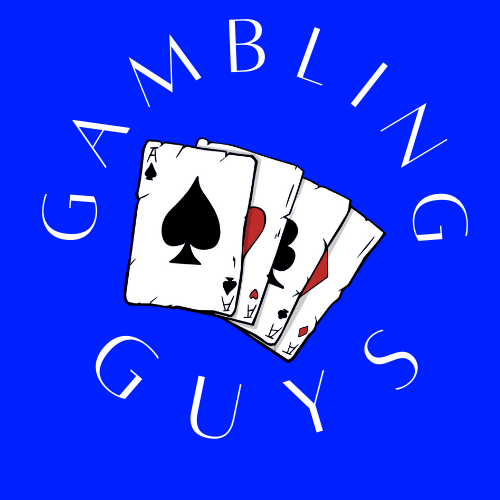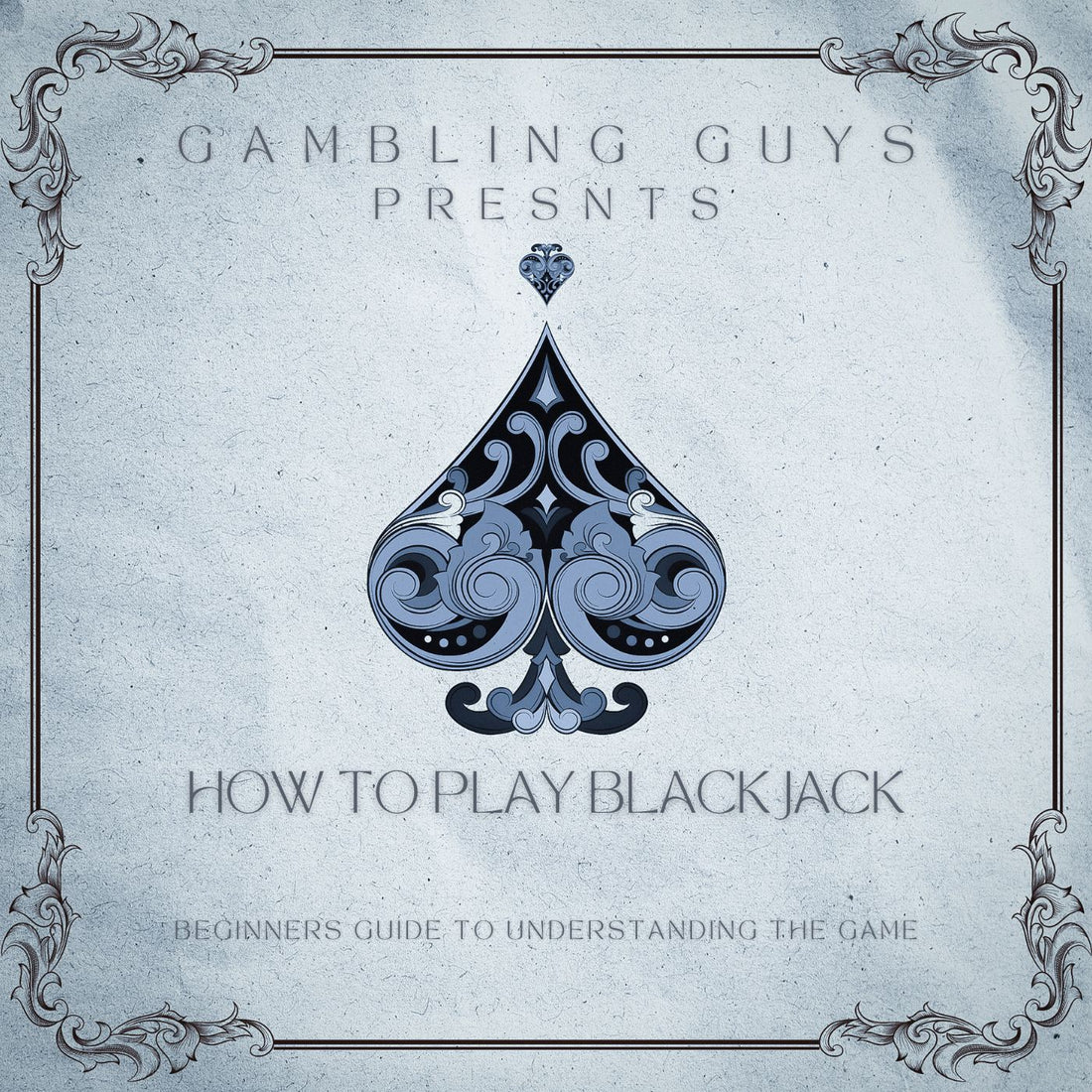Blackjack is a popular casino card game that is played with one or more decks of 52 cards. The goal of the game is to beat the dealer by having a hand that is worth more points than the dealer's hand without going over 21.
To start the game, the dealer shuffles the deck and then deals two cards face up to each player and two cards to themselves, one face up and one face down. The value of the cards is as follows:
- Cards 2-10 have their face value.
- Face cards (Jack, Queen, and King) are worth 10 points each.
- An Ace can be worth 1 or 11 points, depending on what is more beneficial to the player.
After the cards are dealt, the player has the option to "hit" (take another card) or "stand" (keep their current hand). The player can continue to hit until they decide to stand, or until they go over 21 (which is called a "bust" and means that the player loses).
Once all players have finished taking their turns, the dealer reveals their face-down card. If the dealer's hand is worth less than 17 points, they must hit until their hand is worth at least 17 points. If the dealer's hand is worth 17 points or more, they must stand.
If the player's hand is worth more points than the dealer's hand without going over 21, the player wins. If the dealer's hand is worth more points than the player's hand, the player loses. If the player and dealer have the same hand value, it is a "push" and the player's bet is returned to them.
In addition to hitting and standing, there are a few other options that the player can choose from:
- Splitting: If the player's two cards have the same value, they can choose to split their hand into two separate hands. Each hand is then played independently, with the player betting on each hand.
- Doubling down: If the player's first two cards have a total value of 9, 10, or 11, they can choose to double their bet and receive one additional card.
- Surrender: Some casinos allow players to surrender their hand, forfeiting half of their bet. This option is usually only available when the dealer's face-up card is an Ace or a 10.
It's important to note that the dealer plays according to a set of rules and does not have the same options as the player. The dealer must always hit until their hand is worth at least 17 points, and must always stand if their hand is worth 17 points or more.
Digging a bit deeper:
-
Card Values: As previously mentioned, cards 2 through 10 have their face value, while face cards (Jack, Queen, and King) are worth 10 points each. The Ace can be worth 1 or 11 points, depending on what is more beneficial to the player.
-
Objective of the Game: The objective of the game is to beat the dealer by having a hand that is worth more points than the dealer's hand without going over 21. If the player's hand goes over 21, they "bust" and lose the game automatically.
-
The Deal: After the dealer shuffles the deck, each player is dealt two cards face up, and the dealer receives two cards, one face up and one face down. At this point, players can see one of the dealer's cards, which is important when making decisions about their own hand.
-
Player's Turn: The player has the option to "hit" (take another card) or "stand" (keep their current hand). The player can continue to hit until they decide to stand, or until they go over 21 and lose the game.
-
Dealer's Turn: Once all players have finished taking their turns, the dealer reveals their face-down card. If the dealer's hand is worth less than 17 points, they must hit until their hand is worth at least 17 points. If the dealer's hand is worth 17 points or more, they must stand.
-
Winning and Losing: If the player's hand is worth more points than the dealer's hand without going over 21, the player wins. If the dealer's hand is worth more points than the player's hand, the player loses. If the player and dealer have the same hand value, it is a "push" and the player's bet is returned to them.
-
Additional Options: In addition to hitting and standing, players have a few other options:
- Splitting: If the player's two cards have the same value, they can choose to split their hand into two separate hands. Each hand is then played independently, with the player betting on each hand.
- Doubling down: If the player's first two cards have a total value of 9, 10, or 11, they can choose to double their bet and receive one additional card.
- Surrender: Some casinos allow players to surrender their hand, forfeiting half of their bet. This option is usually only available when the dealer's face-up card is an Ace or a 10.
-
The Dealer's Limitations: It's important to note that the dealer plays according to a set of rules and does not have the same options as the player. The dealer must always hit until their hand is worth at least 17 points, and must always stand if their hand is worth 17 points or more.
-
Betting: In blackjack, players place their bets before the cards are dealt. The minimum and maximum bets are usually displayed on the table.
-
Basic Strategy: While blackjack is a game of chance, there are basic strategies that can help players make more informed decisions about when to hit, stand, split, or double down. For example, it is generally recommended to hit when the player's hand is worth less than 12 points, and to stand when the player's hand is worth 17 points or more.
In conclusion, playing blackjack is a simple yet exciting game that requires a bit of strategy and luck. By understanding the value of the cards, knowing when to hit or stand, and taking advantage of the other options available, players can increase their chances of winning at this popular casino game.

